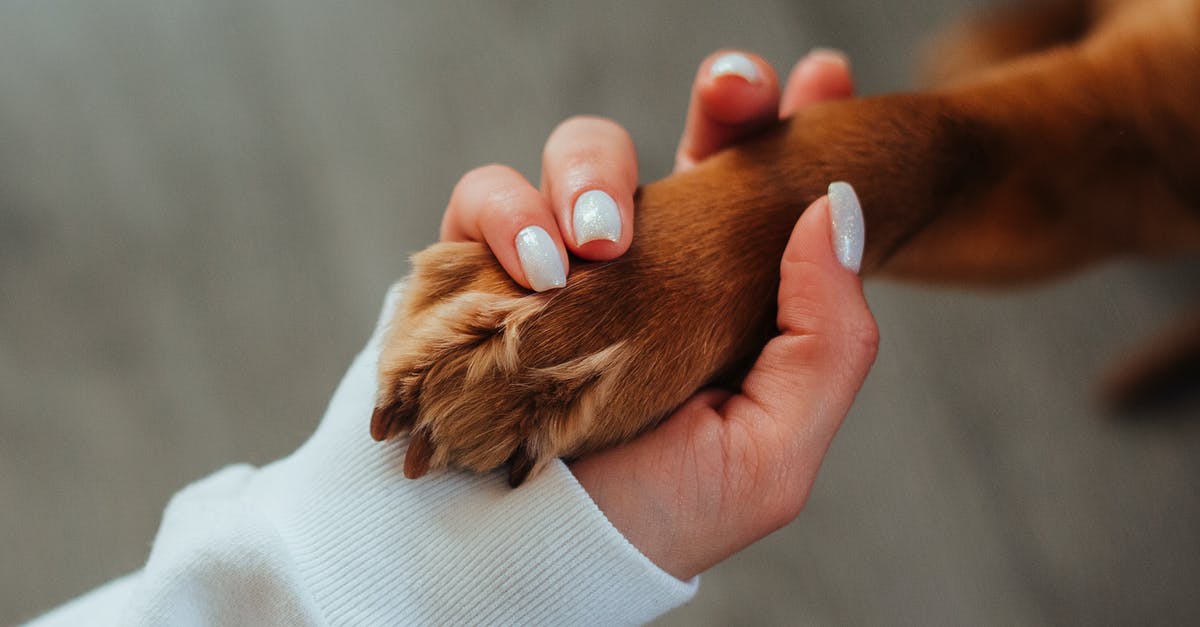The Basics of Dog Training

Dog training is actually the effective use of behavior study that analyzes the behavioral responses of your dog to various antecedent and subsequent environmental activities and makes use of the behavioral reactions to change the dog’s behavior in a fashion that it can help in accomplishing particular tasks or pursue certain activities. There are lots of aspects to canine obedience training. The process it self may include learning how to connect to other folks, reaching other animals, learning how to do tricks, or the whole process of training.
Puppy training techniques may include training for various quantities of cleverness, training for different degrees of real abilities, training for different phases of readiness, and training for various kinds of disabilities. These methods include but aren't restricted to, good reinforcement, negative reinforcement, positive punishment, and negative punishment. Positive reinforcements is offered in many ways, such as for instance benefits such as for example treats and praise once and for all behavior, spoken praise and benefits, real benefits like playing with treats or praise, and/or physical correction like scolding. Negative reinforcement is a kind of punishment in which a dog is reprimanded for one thing bad who has happened.
Negative punishment will come in the form of spoken reprimands, pointing, striking, yelling, as well as making your dog alone or restricted to a crate for long periods of time. The negative punishment of this type is used primarily when a dog has misbehaved and it is not responding in a confident manner. It should be done immediately so as to result in the dog understand that its bad behavior will induce punishment. If the dog is exhibiting appropriate behavior as an example walking up to another dog with no problem, it might be looking for praising, as opposed to the punishment of being left alone.
Positive reinforcement is the training of a dog making use of positive reinforcement. It's typically good and benefits the dog once and for all behavior. Positive reinforcement is more effective than the other designs of reinforcement and may help the dog to be less aggressive in general or respond positively to praise and rewards.
Good reinforcement is generally in line with the idea that dogs are animals that favor to please and want to please. Your dog that is allowed to have unique area in a personal residence is normally almost certainly going to want to please the dog owner. This means that your dog that is left alone in a house where there clearly was lots of distractions will in all probability be much more willing to pay attention to a command from its master than if it's to walk a quick distance to go outside.
Positive reinforcement is a valuable device to show a dog a behavior at an early age, however it may possibly not be the most effective solution for several forms of behavior problems. As an example, if you are attempting to show a dog to sit on command, you will need to simply take the same time frame to learn the command for sitting and correct its behavior. as you would with a child or puppy. But, if you're training your puppy to heel or come whenever called, making use of positive reinforcement continues to be a significant part of this equation.








